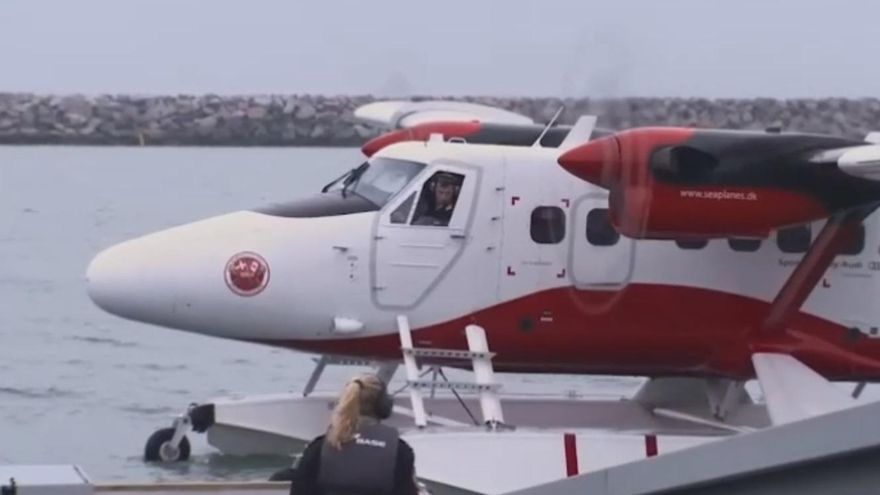
The company Surcar Airlines expects to recover the use of seaplanes in Spain from next autumn with journeys in Canary Islands aimed at a potential audience of around 15,000 passengers, and It would link the capitals of the archipelago in journeys of just 30 minutes.
Surcar Airlines, the first Spanish seaplane airline in Spain, will thus resume the use of this means of transport in the Canary Islands, a region that already had a regular seaplane route with the British port of Southampton until the 1950s.
Seaplane transportation is an instrument for improve connectivitysocial cohesion and the development of the islands, as has been demonstrated in cities such as Copenhagen, Vancouver or Seattle, where seaplanes have been important agents of the regional transport system for more than 30 years, says Surcar Airlines in a statement released this Thursday.
Next January 31 Surcar will make its first flight presentation between the ports of Santa Cruz of Tenerife and La Palma, in an exercise with which it intends to demonstrate “the viability of a Canarian project that aims to revolutionize the inter-island transport system”.
Surcar is an airline majority Canarian capitalauthorized by the Canary Islands Special Zone and created with the participation of Nordic Seaplanes, the only operator in Europe with a regular line in Denmark.
Its purpose is to improve connectivity between the islands with faster transport -30 minutes between Santa Cruz and Las Palmas de Gran Canaria- with more agile and more sustainable security controls, since save up to 30 percent on emissions simply by avoiding trips to the airport, he says.
The launch of Surcar is accompanied by a new regulation for this type of activity by the State Aviation Safety Agency (AESA), and a technical report commissioned from INTA -a body belonging to the Ministry of Defense- in which “The use of passenger seaplanes in the ports of Las Palmas de Gran Canaria and Santa Cruz de Tenerife. Safety and non-affectation of port traffic”.
The first operations, will start next fallwill focus on the Santa Cruz de Tenerife-La Palma and Santa Cruz de Tenerife-Las Palmas de Gran Canaria routes, and will target a consumer niche focused on the business traveler, who prioritizes time over price, and passengers tourist during the weekends, some groups that are estimated to be about 15,000 passengers per year.
“It is a very exciting project for the entire team, because creating new experiences is always motivating, but above all it is the capacity that this entails to bring our islands closer together,” says Miguel Ángel González, director of Surcar, who also mentions the special support that has been received by the port authorities, who “at all times have shown their commitment to the project”.
















